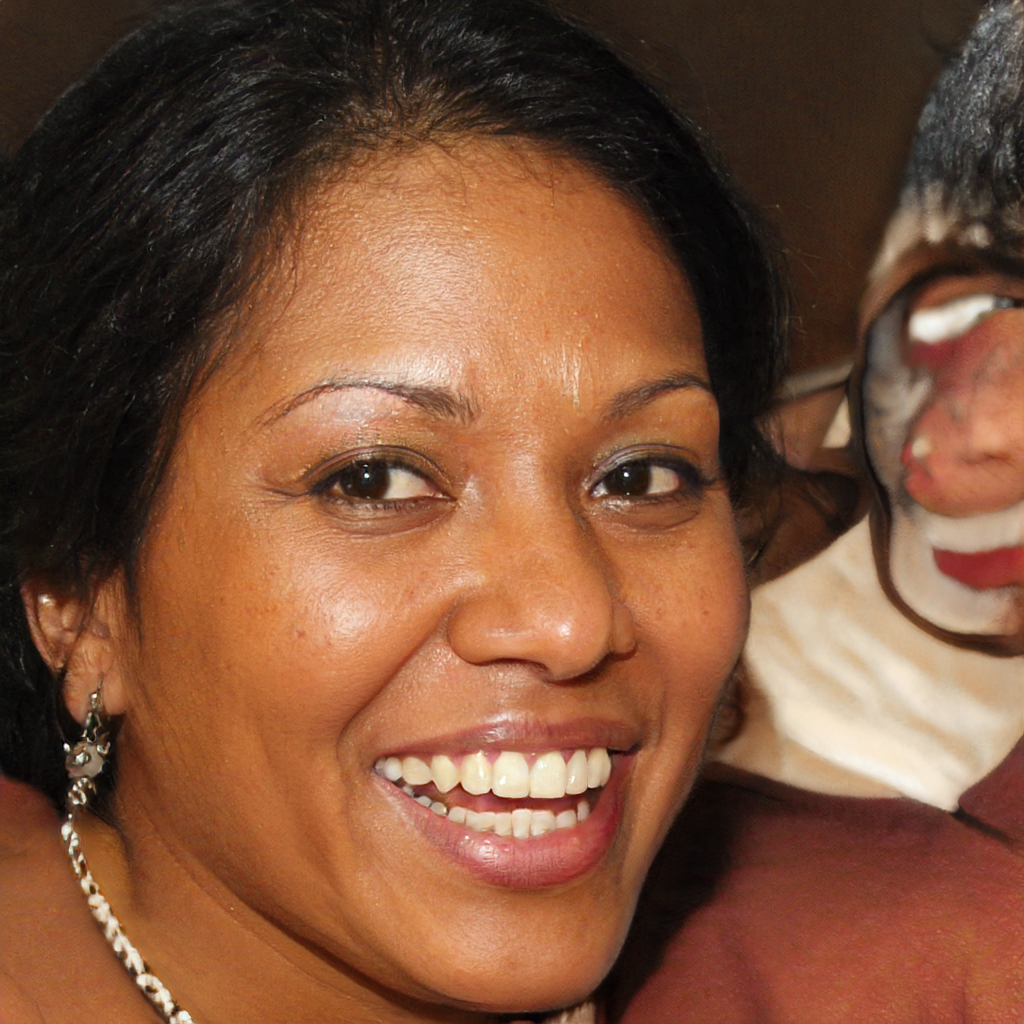Uma pessoa 1.80 m de altura fica na frente de um espelho plano. Qual é a altura mínima do espelho e qual a altura da borda inferior acima do piso para que a pessoa possa ver todo o seu corpo? Os olhos da pessoa estão 6.0 cm abaixo do topo da cabeça.
Solução : The mirror must be at least half as tall as the person standing in front of it. Since the person is 180 cm tall, the vertical dimension of the mirror must be at least 90 cm. The lower edge of the mirror must be at a height that is half the distance between his feet and eyes. Since the eyes are located 6 cm from the top of his head which means it is at a height of 174 cm from his feet, the lower edge of the mirror must be 87 cm from the ground.
Explicação : Understanding the solution requires an intermediate result using the law-of-reflection. When a ray of light is incident on a plane reflecting surface, the incident ray and the reflected ray will lie on the same plane. One can define the angles of incidence and reflection as follows:
Angle of incidence #equiv# Angle between the incident ray and the normal to the reflecting surface at the point of incidence.
Angle of reflection #equiv# Angle between the reflected ray and the normal to the reflecting surface at the point of incidence.
The law of reflection states that the angle of reflection is the same as the angle of incidence.
A Useful Result : Consider a situation where a light ray from an object gets reflected by a mirror and enters an eye, as illustrated in the figure below. If the object and the eye are at the same distance from the mirror then the law of reflection implies that the point of incidence lie exactly midway between the object and the eye.

Applying This Result To Our Problem : Now let us apply the above result to our problem in which a 180 cm tall person stands in front of a mirror. The top of her head, her eyes and her feet, all lie along the same vertical line. The two objects we are going to consider are the 'top of her head' and 'her feet'. These two objects lie at the same distance from the mirror as her eyes.

The point of incidence of the ray from the 'top of her head' must lie at the midpoint between her eyes and the top of her head. Since the eyes are 6 cm below the top of her head, the point of incidence of the ray must be 180 cm - 3 cm = 177 cm from the ground. This marks the upper edge of the mirror.
The point of incidence of the ray from her feet must lie at the midpoint between her eyes and her feet. Since the eyes are 174 cm from her feet, the point of incidence of this ray must be 174 cm/2 = 87 cm. This marks the lower edge of the mirror.
So the lower edge of the mirror must be 87 cm from the ground and the vertical dimension of the mirror must be 177 cm - 87 cm = 90 cm, which is half the height of the person.

